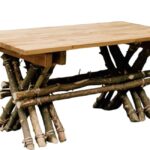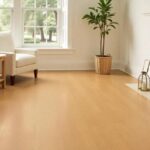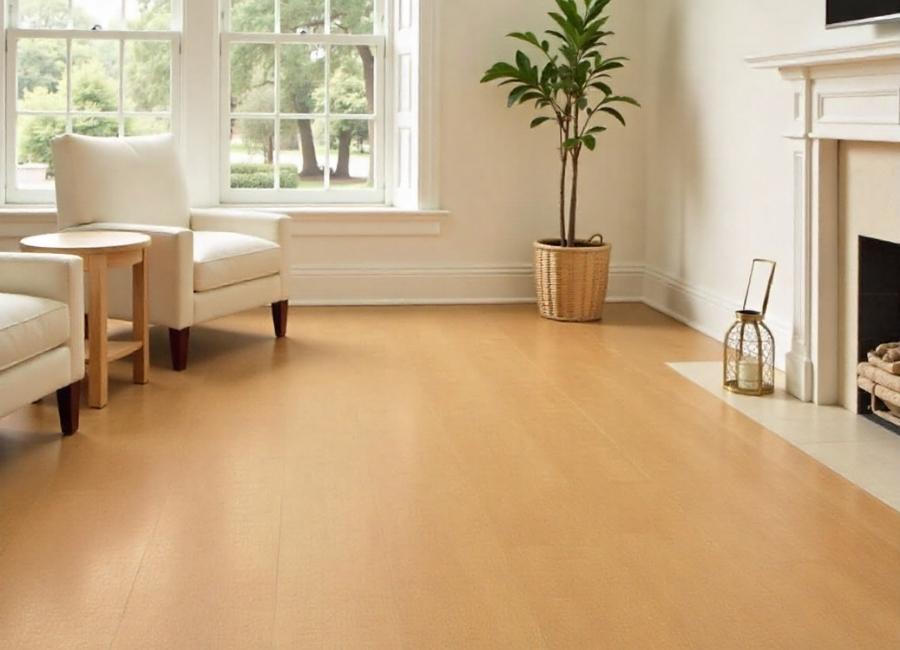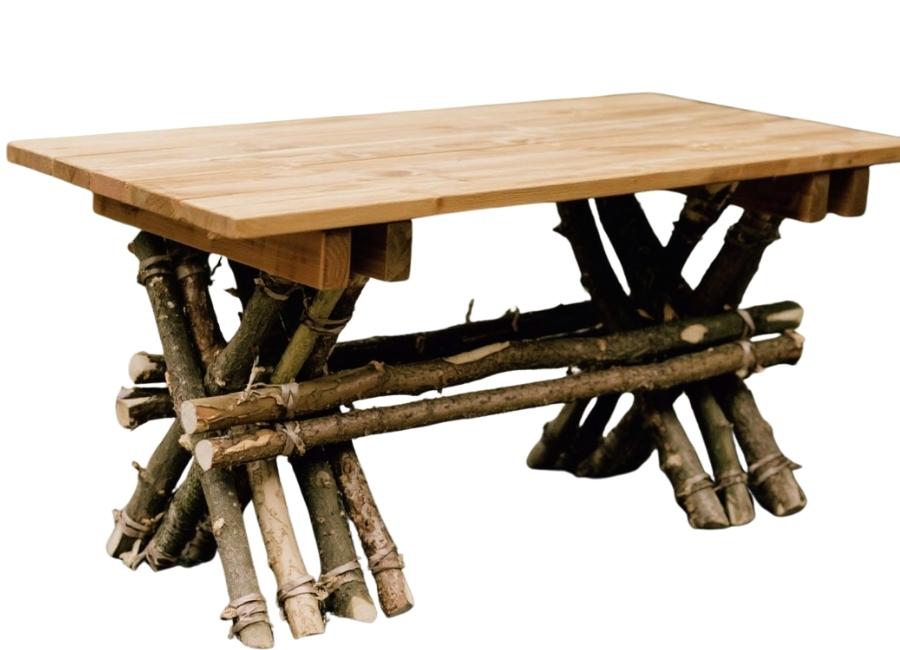Choosing the right flooring can feel like a big decision. It shapes the look and feel of your home, and you use it every day. While hardwood, tile, and vinyl are popular choices, cork is another option worth considering.
Cork flooring is becoming more popular as a stylish, comfortable, and eco-friendly choice. But is it right for your home? This guide covers what you need to know about cork flooring, including its benefits and drawbacks. We’ll look at its durability, installation, maintenance, and design options to help you decide.
What is Cork Flooring?
Cork flooring is made from the bark of the cork oak tree (Quercus suber), which is native to the Mediterranean region. (Cork, n.d.) Harvesting this bark is a sustainable process that doesn’t harm the tree. (Cork Harvesting, n.d.) The bark is carefully stripped away every nine to twelve years and then regrows, making cork a completely renewable resource. (About Cork – Jelinek Cork Store USA, n.d.)
After harvesting, the bark is ground up, compressed, and formed into sheets using high pressure and heat. These sheets are then cut into tiles or planks. The natural, honeycomb-like cell structure of cork is what gives the flooring its signature characteristics: it’s soft, insulating, and sound-absorbent. (Cork Raised Floor – Nesite, n.d.)
The Advantages of Cork Flooring
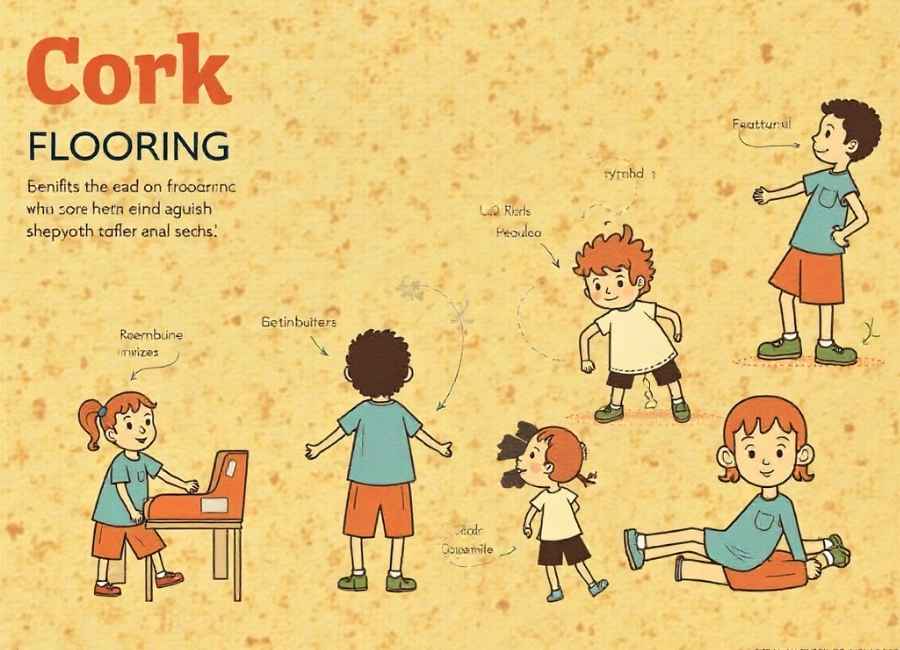
Many homeowners and designers are choosing cork because it offers a mix of benefits that are hard to find in other types of flooring.
Unmatched Comfort
Cork flooring is especially comfortable to walk on. Its air-filled cells create a natural cushion, so it feels softer than hardwood or tile (The Pros and Cons of Cork Flooring, 2025). This makes it great for rooms where you stand a lot, like the kitchen. It can also help soften falls, making it safer for kids and older adults.
Natural Insulation
The exact cellular structure that makes cork soft also makes it a fantastic insulator. Cork flooring helps keep rooms warmer in the winter and cooler in the summer, which can contribute to lower energy bills. (9 Pros and Cons of Using Cork as a Flooring Material, 2023) It also has excellent acoustic properties, absorbing sound and reducing noise from footfalls, dropped objects, and echoes. (Cork floors the pros and cons, n.d.) This makes it ideal for apartments, multi-story homes, and rooms like home offices or playrooms.
Sustainable and Eco-Friendly
If environmental impact is a key concern for you, cork is one of the most environmentally friendly flooring options available. The harvesting process is sustainable, as the cork oak trees are not cut down and can live for over 200 years. (Cork Oak, 2023) Additionally, cork is biodegradable and recyclable. (Cork flooring, a green choice for your home, n.d.) Choosing cork flooring supports responsible forestry and helps reduce your carbon footprint.
Durable and Resilient
Don’t let its soft feel fool you—cork is surprisingly durable. Its natural elasticity allows it to “bounce back” from impressions left by heavy furniture, a property known as “memory.” (Ramlakhan & Nadia, 2015) This resilience means it can handle high-traffic areas without showing significant wear and tear. A high-quality sealant provides an additional layer of protection against scratches and spills.
Hypoallergenic Qualities
Cork naturally resists mould, mildew, and pests because of a waxy substance called suberin (All-Natural Product, n.d.). This makes it a good choice for people with allergies or asthma. It also does not trap dust or allergens, which helps improve indoor air quality.
The Disadvantages to Consider
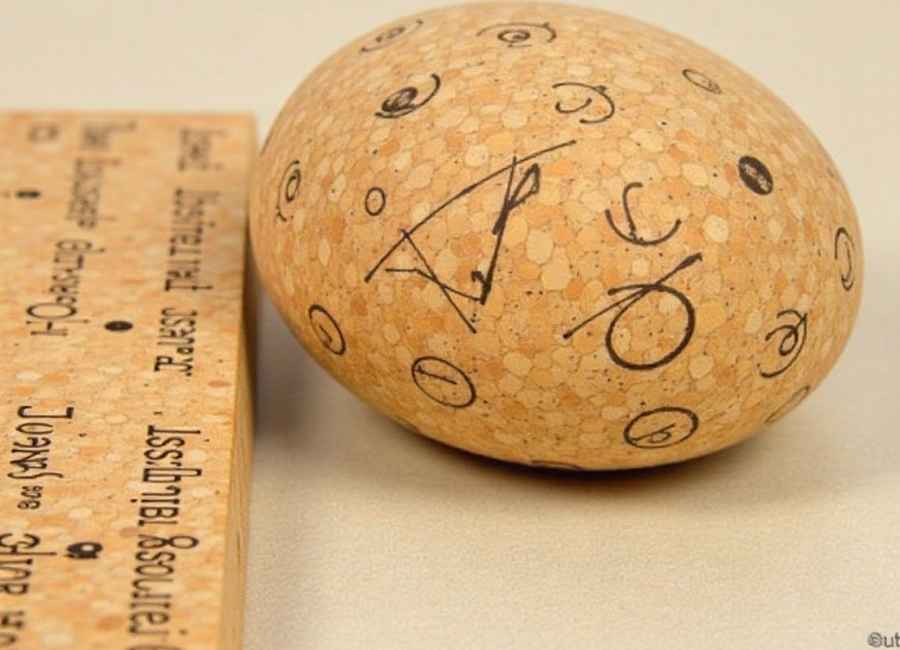
While cork has many appealing features, it’s not perfect for every situation. It’s essential to be aware of its potential downsides before committing.
Susceptibility to Damage
yet it remainsCork is tough, but it is still a soft material. Sharp objects like dropped knives, high heels, or a dog’s nails can scratch or puncture it. Heavy furniture without pads can also leave dents. Taking steps to protect the floor can help prevent this kind of damage.
Vulnerability to Water Damage
While cork is naturally water-resistant, it is not waterproof. Excessive moisture can cause the planks or tiles to swell and warp, especially if it seeps into the seams. For this reason, it’s generally not recommended for high-moisture areas, such as full bathrooms or basements, unless it has been expertly sealed. Spills should be wiped up promptly to prevent damage.
Fading from Sunlight
Cork, like other natural materials, can fade if it gets a lot of direct sunlight (Cork Flooring Pros and Cons: What You Need to Know, 2025). Over time, UV rays can lighten its color. Using curtains, blinds, or UV-blocking film on windows can help keep the floor looking new.
Maintenance and Refinishing
Cork floors require regular maintenance to stay in top condition. They need to be sealed upon installation and then resealed every few years to protect the surface from moisture and wear and tear. This process is crucial for longevity, but it does add to the long-term cost and effort.
How to Care for Your Cork Floors
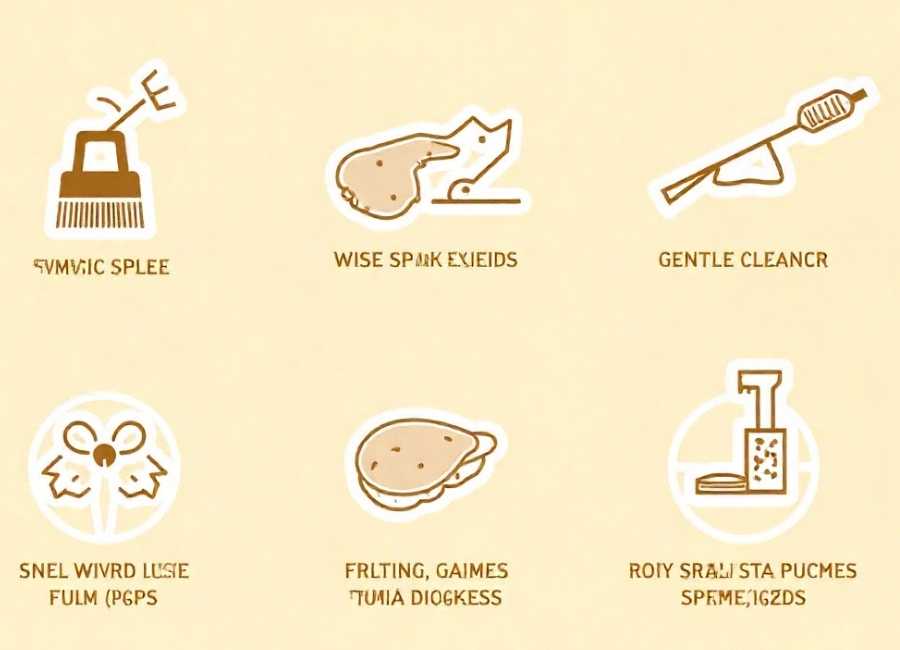
Taking care of your cork floor is the best way to keep it looking good for years. Here are some tips:
- Sweep or Vacuum Regularly: Use a soft-bristle broom or a vacuum with a soft brush attachment to remove dirt and grit that can scratch the surface.
- Clean Spills Immediately: Use a damp (not wet) cloth to wipe up spills as soon as they happen. This helps keep moisture from getting into the floor.
- Use Gentle Cleaners: Stay away from harsh chemicals and rough cleaners. Use pH-neutral cleaning products made for cork floors.
- Protect from Furniture: Put felt pads under furniture legs to prevent scratches and dents. Place area rugs in busy spots for extra protection.
- Reseal as Needed: Follow the manufacturer’s advice for resealing, usually every 3 to 7 years, depending on the finish and how much the floor is used.
Finding Your Perfect Style
Cork flooring has come a long way and now comes in many styles, colours, and patterns (Visit the world of colours and patterns within cork flooring, n.d.). For example, brands like Duro-Design offer over 100 colours, from natural earth tones to bold shades like teal and white (Cork Flooring | DuroDesign, 2025).
Cork can be made to look like hardwood, stone, or marble, so you have lots of design options without giving up comfort or sustainability. Whether your home is modern, rustic, or traditional, you can find a cork floor to match. It comes in glue-down tiles and floating planks, so you can choose the installation method that works best for you.
So, Is Cork Flooring Right for You?
Cork flooring combines comfort, style, and sustainability in a way that few other materials do. Its softness feels great underfoot, and its insulation helps make your home quieter and more energy efficient.
Your choice will depend on your lifestyle, budget, and the needs of your space. If you’re looking for comfort and eco-friendliness, and are willing to put in the upkeep, cork could be a great fit for your home. It is comfortable to walk on and a choice you can feel good about.




